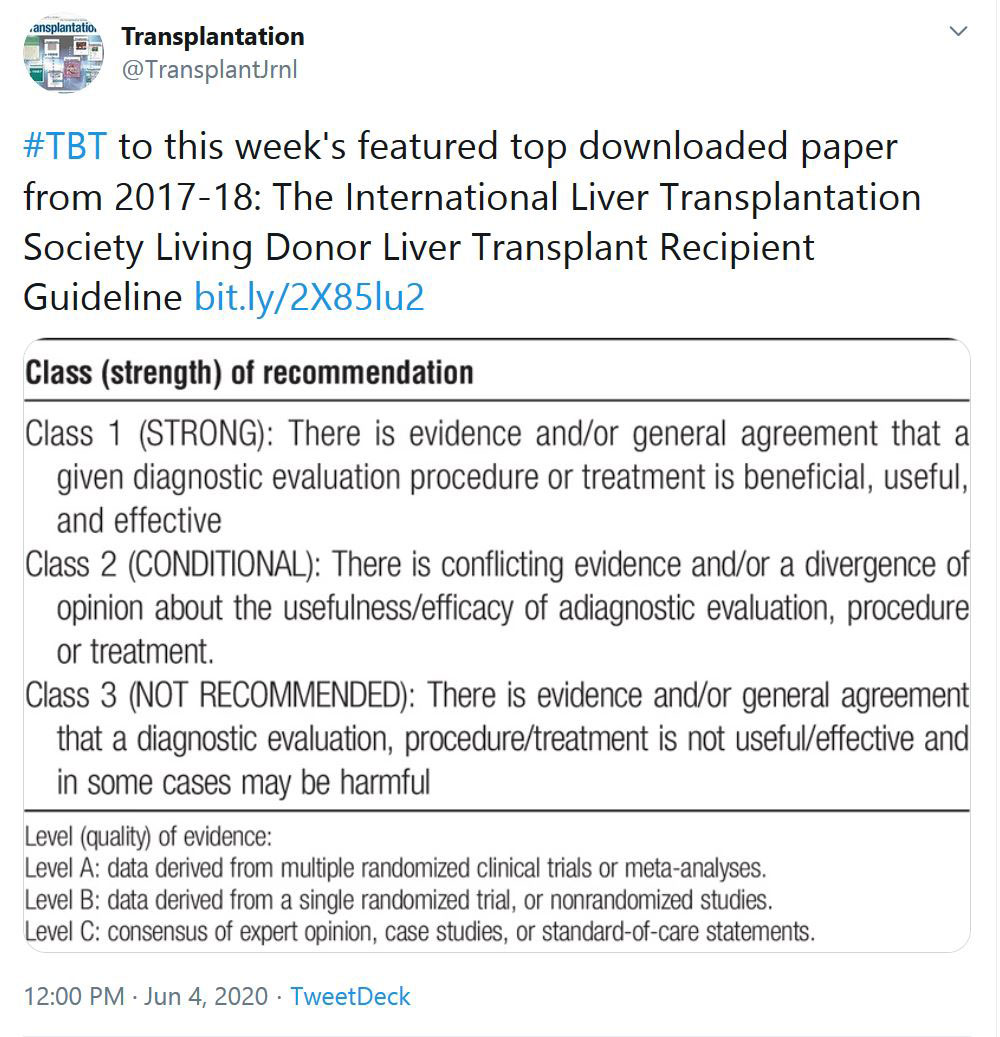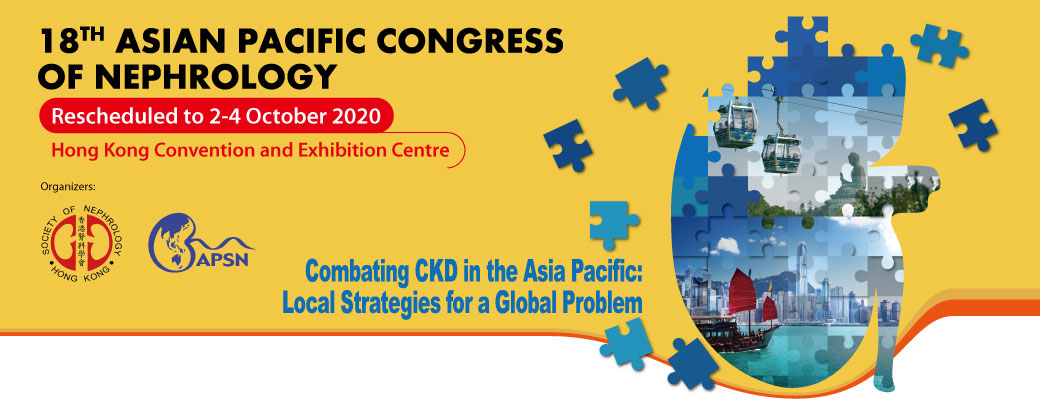
SERVING THE INTERNATIONAL TRANSPLANTATION COMMUNITY
As we wish to bring our Congress to the entire international transplantation community, and in everyone’s individual time zone, we developed a program and schedule that would allow all delegates to access the Congress programming during two time periods regardless of geographic region.
C-PATH’S TRANSPLANT THERAPEUTICS CONSORTIUM RECEIVES ACCEPTANCE OF LETTER OF INTENT FOR IBOX SCORING SYSTEM (COMPOSITE BIOMARKER PANEL) AS A REASONABLY LIKELY SURROGATE ENDPOINT

Critical Path Institute (C-Path) [c-path.org] announced today that its Transplant Therapeutics Consortium (TTC) has received a positive response to its Letter of Intent (LOI) [cts.vresp.com] from the U.S. Food and Drug Administration (FDA) detailing the decision to accept the Composite Biomarker Panel (iBox Scoring System) into the Center for Drug Evaluation and Research (CDER) Biomarker Qualification Program (BQP).
In its LOI, TTC provided information to support the qualification of the iBox Scoring System for its proposed context of use (COU) as a reasonably likely surrogate endpoint in clinical trials intended to evaluate immunosuppressive therapies (ISTs) for individuals living with a kidney transplant. Qualification as a surrogate or reasonably likely surrogate endpoint would allow drug sponsors to pursue accelerated approval, removing a significant barrier to kidney transplant drug development.
FDA indicated in its LOI Decision Letter that it supports the consortium’s intent to pursue biomarker qualification and invited TTC to submit a Qualification Plan, the stage two submission that details how the consortium’s will demonstrate the clinical and analytical validity of the Composite Biomarker Panel, for its intended COU. In its Decision Letter, FDA stated, “Based on our review of the LOI, we agree there is an unmet need, and the development of this composite scoring system to predict patient’s long-term outcomes in clinical trials will facilitate the development of novel immunosuppressive therapies.”
Long-term graft failure rates after kidney transplantation remain unacceptably high, despite improved short-term outcomes, with 10-year all-cause graft failure approaching 50% (Hart et al., 2019). Survival of the transplanted organ has been rated, by patients, as the most important outcome, including the overall survival of the patient (Howell et al., 2012). The iBox Scoring System, developed by the Paris Transplant Group, is the first tool of its kind to seek regulatory qualification for use in kidney transplant clinical trials. To date, no biomarkers have been qualified for use as a surrogate or reasonably likely surrogate endpoint in any therapeutic area.
“This project is a meaningful example of what can be achieved by public-private-partnerships at the interface of translation science,” said TTC Executive Director Inish O’Doherty, Ph.D. Through collaboration and data sharing in the pre-competitive space, we are elevating the entire field of drug development in transplantation and working to improve the lives of those living with a kidney transplant.”
The iBox Scoring System is a risk prediction tool that combines measurements of kidney function, immunological status, and pathological assessment of kidney biopsy histology to predict the risk of graft-loss up to seven years after the time of risk assessment. The iBox Scoring System has been extensively validated for use in the treatment of individual patients in the clinical care setting. TTC, in close collaboration with the Paris Transplant Group, is seeking to translate this work into the regulatory setting for use in drug development programs. If qualified as a reasonably likely surrogate endpoint, the Composite Biomarker Panel (iBox Scoring System) will be publicly available and facilitate any drug sponsor seeking accelerated approval of novel agents, significantly reducing the time required to bring a new therapeutic agent to patients.
The iBox Scoring System will allow for greater application in drug development and lead to better therapies for patients,” said Alexandre Loupy, M.D., Ph.D., head of the National Institute of Medical Research (Inserm) U970. Loupy is a professor of Nephrology at Necker Hospital in Paris and a founder of the Paris Transplant Group. He has led the development of the iBox Scoring System over the past 10 years.
As part of the 21st Century Cures Act, passed into law in December 2016, public-private partnerships consisting of government entities, including FDA, the biopharmaceutical industry, healthcare providers, academic researchers, and patient advocacy organizations are encouraged to work together to foster innovation in drug development through drug development tools that facilitate patient access to life-saving medications.
“Long-term transplant outcomes are still suboptimal, and people living with a kidney transplantation need novel anti-rejection medications with better long-term graft survival,” said Mark Stegall, M.D., Clinician Investigator, Department of Surgery, Mayo Clinic. “Improving long-term kidney graft survival would mean patients are less likely to need a second transplant during their lifetime and would allow them to lead longer and healthier lives. The positive response letter from FDA takes us one step closer to having new therapies that better the lives of transplant recipients.”
Ken Newell, M.D., Ph.D., past-president of AST and co-chair for TTC’s Endpoints and Efficacy Working Group said, “TTC has been instrumental in bringing together partners from industry, academia, and professional societies for this groundbreaking endeavor. This effort is a labor of love, and I’m honored to be part of this consortium and to be working with colleagues across the globe with a shared mission."
TRANSPLANTATION - WEEK'S MOST DOWNLOADED PAPER
«HOT OFF THE PRESS» RECENT PUBLICATIONS IDENTIFIED BY TTS EDUCATION COMMITTEE ON COVID-19
This week's selection made by: Enver Akalin and Millie Samaniego

Ellinghaus D, Degenhardt F, Bujanda L, et al. Genomewide Association Study of Severe Covid-19 with Respiratory Failure [published online ahead of print, 2020 Jun 17].
N Engl J Med. 2020;10.1056/NEJMoa2020283. doi:10.1056/NEJMoa2020283
This is a genomewide association study involving 1980 patients with Covid-19 and severe disease (defined as respiratory failure) at seven hospitals in the Italian and Spanish epicenters of the SARS-CoV-2 pandemic in Europe. The authors identified a 3p21.31 gene cluster as a genetic susceptibility locus in patients with Covid-19 with respiratory failure. A blood-group–specific analysis showed a higher risk in blood group A than in other blood groups (odds ratio, 1.45; 95% CI, 1.20 to 1.75; P = 1.48×10−4) and a protective effect in blood group O as compared with other blood groups (odds ratio, 0.65; 95% CI, 0.53 to 0.79; P = 1.06×10−5).
Natural History of Asymptomatic SARS-CoV-2 Infection.
Sakurai A, Sasaki T, Kato S, et al. Natural History of Asymptomatic SARS-CoV-2 Infection [published online ahead of print, 2020 Jun 12].
N Engl J Med. 2020;NEJMc2013020. doi:10.1056/NEJMc2013020
The outbreak of coronavirus disease 2019 (Covid-19) on the cruise ship Diamond Princess led to 712 persons being infected with SARS-CoV-2 among the 3711 passengers and crew members, and 410 (58%) of these infected persons were asymptomatic at the time of testing. A total of 96 persons infected with SARS-CoV-2 who were asymptomatic at the time of testing, along with their 32 cabinmates who tested negative on the ship, were transferred from the Diamond Princess to a hospital in central Japan. 90 persons with asymptomatic SARS-CoV-2 infection remained so until the resolution of infection (as determined by two consecutive negative PCR tests). The cumulative percentages of persons with resolution of infection 8 and 15 days after the first positive PCR test were 48% and 90%, respectively. The risk of delayed resolution of infection increased with increasing age.
Age-dependent effects in the transmission and control of COVID-19 epidemics.
Davies, N.G., Klepac, P., Liu, Y. et al. Age-dependent effects in the transmission and control of COVID-19 epidemics. Nat Med (2020).
https://doi.org/10.1038/s41591-020-0962-9. Nature Medicine published on June 16 2020.
This article estimates that susceptibility to infection in individuals under 20 years of age is approximately half that of adults aged over 20 years, and that clinical symptoms manifest in 21% (95% credible interval: 12–31%) of infections in 10- to 19-year-olds, rising to 69% (57–82%) of infections in people aged over 70 years. The authors find that interventions aimed at children might have a relatively small impact on reducing SARS-CoV-2 transmission, particularly if the transmissibility of subclinical infections is low. In countries with younger population structures—such as many low-income countries—the expected per capita incidence of clinical cases would be lower than in countries with older population structures, although it is likely that comorbidities in low-income countries will also influence disease severity. Without effective control measures, regions with relatively older populations could see disproportionally more cases of COVID-19, particularly in the later stages of an unmitigated epidemic.
TRANSPLANTATION - HIGHLIGHTED ARTICLE

Dr. Jeremy R. Chapman, Editor-in-Chief, Transplantation
The Impact of COVID-19 on the State of Clinical and Laboratory Research Globally in Transplantation in May 2020
Bromberg J, Baan CC, Chapman JR et al.
Transplantation: June 11, 2020 - Volume Online First
Do you have the feeling that research in everything but COVID-19, including transplantation has ceased? Well you would be right. In this paper which is a collation of material from many authors around the world. The experiences of both clinical and basic laboratory research are presented with some interesting differences. Clinical research protocols were mostly stopped for two reasons - practical reasons and out of concern for exposure of high risk individuals to COVID-19 disease risk. The practical reasons include the problems of travel and the difficulty of occupying hospital facilities with nonessential activity. In a number of places the clinical trials nursing staff were seconded to other duties. The second problem has been, especially in transplant studies, that the effect of COVID-19 would distort outcomes of the study or place individuals at potentially unknown greater risks in the era of COVID-19. Experimental research responses seem to be quite heterogeneous with some authorities euthanasing every animal in active studies and others not. Some animal houses closing down almost completely and others not. Some laboratories deemed non-essential work and everyone sent to work from home and others keeping going at low rates. It makes an interesting read.
CORONAVIRUS (COVID-19) UPDATE DASHBOARD
The Transplantation Society (TTS) and our journal Transplantation have developed online resources to keep you informed on the Coronavirus (COVID-19) outbreak.
- TTS Coronavirus (COVID-19) Dashboard
www.tts.org/covid-19 - Transplantation Global Transplantation COVID Report
www.tts.org/txjcovid19
We are also requesting contributions and news from the transplant community to be sent to covid-19@tts.org for inclusion on our resources page.
In this dashboard, you will find links to TTS and other global and regional resources, as well as interactive maps, publications and webinars. We encourage you to explore this dashboard and share with your colleagues.
Website - www.tts.org/covid-19
Editors and contributors to Transplantation have shared their thoughts on how they are dealing with the current crisis. While we understand that the information of today may be quite different tomorrow in this fast-moving pandemic, this report will open our forum of an international exchange on COVID for the transplant community.
Website - www.tts.org/txjcovid19
Please send your own contributions and news to covid-19@tts.org for inclusion on our resources page.
IN THE NEWS
AN ADVANCE IN HEART TRANSPLANTATION
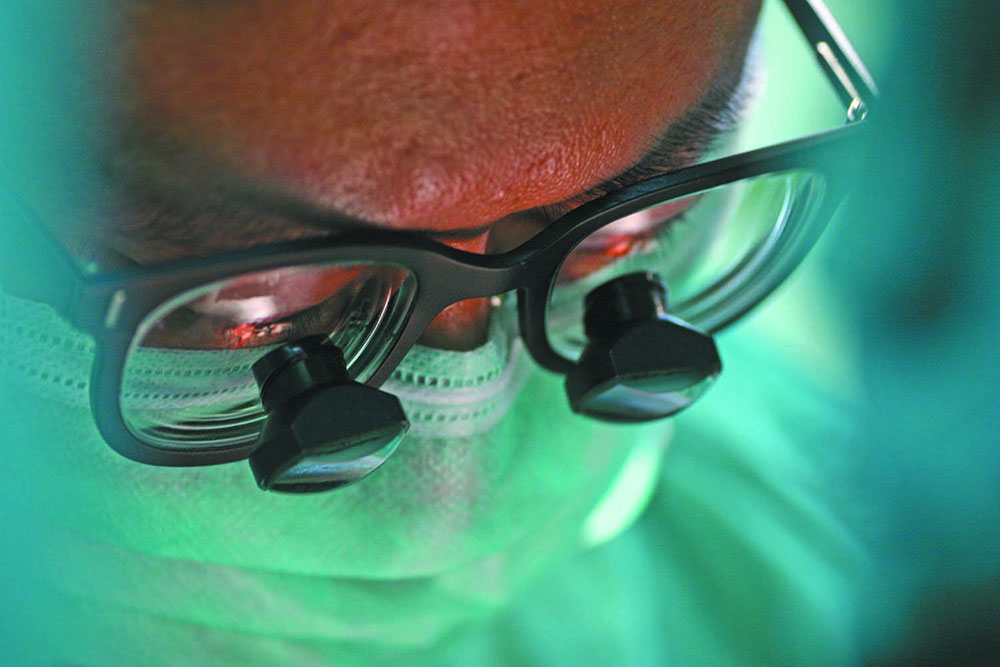
July 19 - Every year, hundreds of people in the United States die waiting for a heart transplant. A new procedure may make more donated hearts available.
TRANSPLANT FOR COVID-RAVAGED LUNGS: CAUTION AHEAD
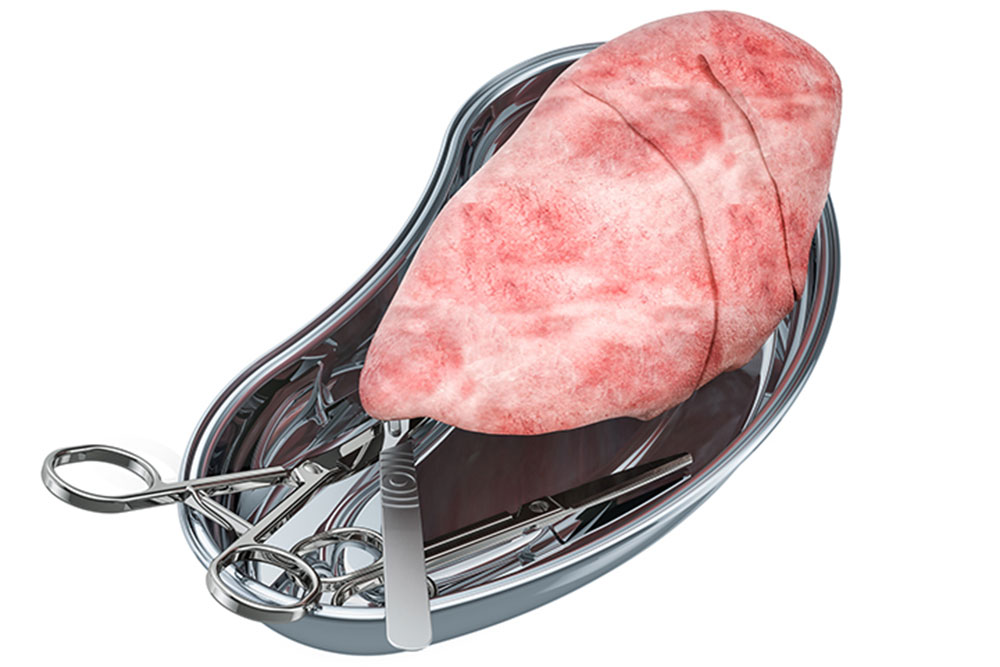
June 17 - The first lung transplant for a COVID-19 patient in the U.S. made headlines last week, but such cases are likely to be uncommon and have poorer outcomes than typical for lung transplant, one specialist cautioned.
LIVER PERFUSION COULD SAVE 7 IN 10 REJECTED DONOR LIVERS
June 17 - A major study investigating the effectiveness of liver perfusion as a technique to improve the function of donor livers that would have otherwise been rejected has shown that up to 7 in every 10 could be used after just 4-6 hours of the assessment.
WAITING OUT A PANDEMIC
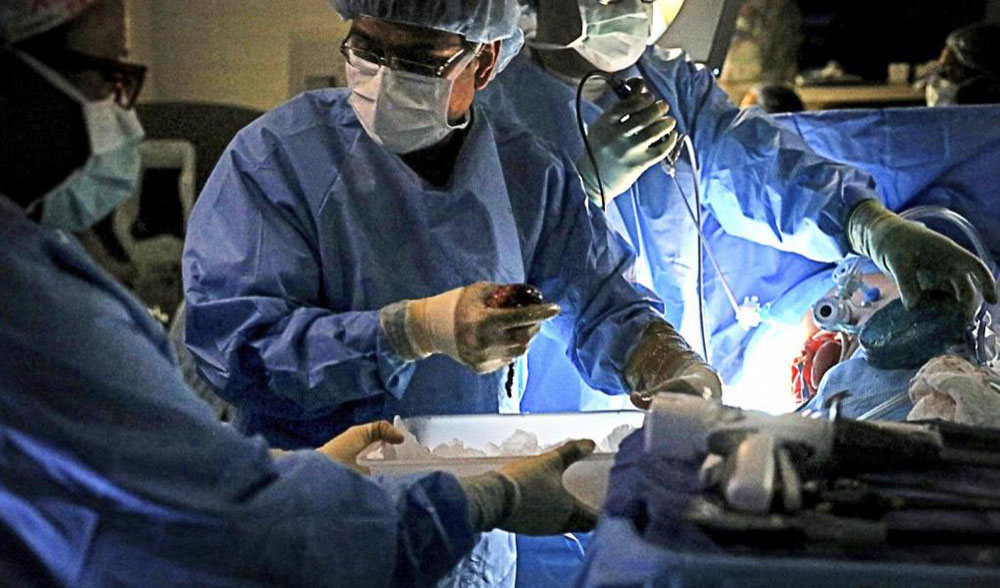
June 17 - In 2019, the U.S. organ transplant program logged its seventh consecutive year of record-high transplants. The coronavirus threatens to reverse that trend.
STUDY EXPLORES HOW MULTIPLE ORGANS END UP THE SAME SIZE
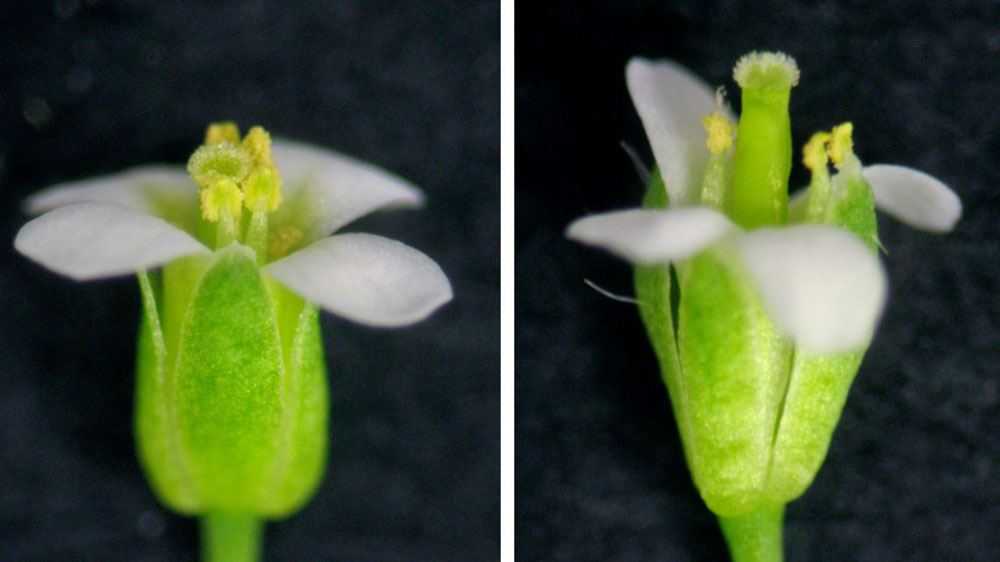
June 17 - How do our arms stay the same length throughout development, from infancy to adulthood? Or how do flowers and fruits on a plant mature to be similar sizes? New research that looked at the development of Arabidopsis flowers addressed the fundamental question of how two or more organs or plant parts grow to the same size and shape, which is essential for proper function.
UPCOMING MEETINGS AND ANNOUNCEMENTS
11th International Pediatric Intestinal Failure and Rehabilitation Symposium
18th Asian Pacific Congress of Nephrology (APCN)
Contact
Address
The Transplantation Society
International Headquarters
740 Notre-Dame Ouest
Suite 1245
Montréal, QC, H3C 3X6
Canada
Используйте Вавада казино для игры с бонусом — активируйте промокод и начните выигрывать уже сегодня!

